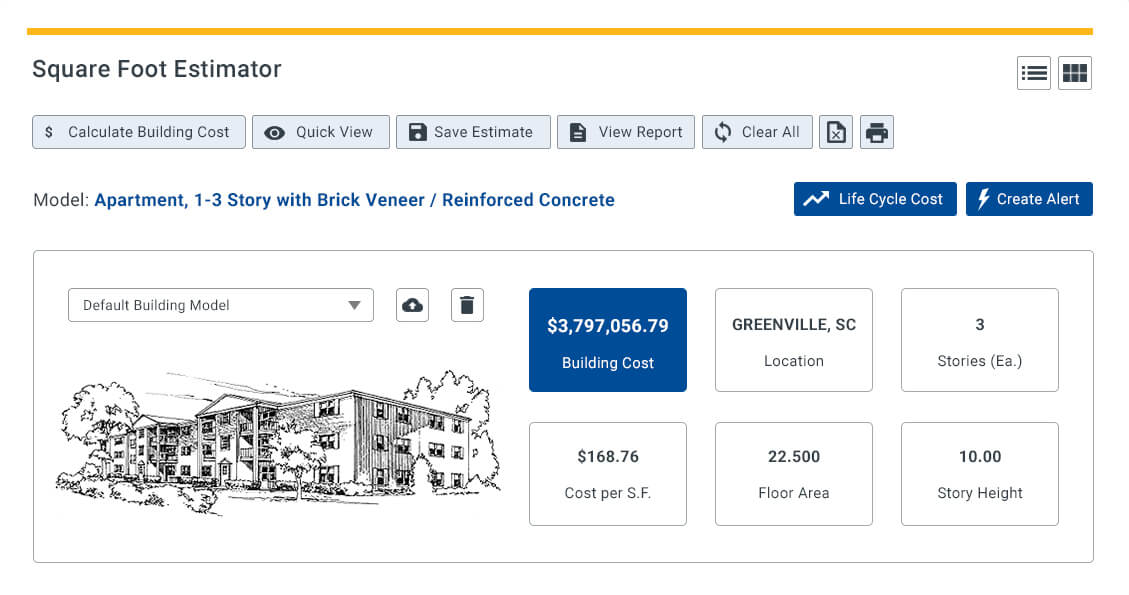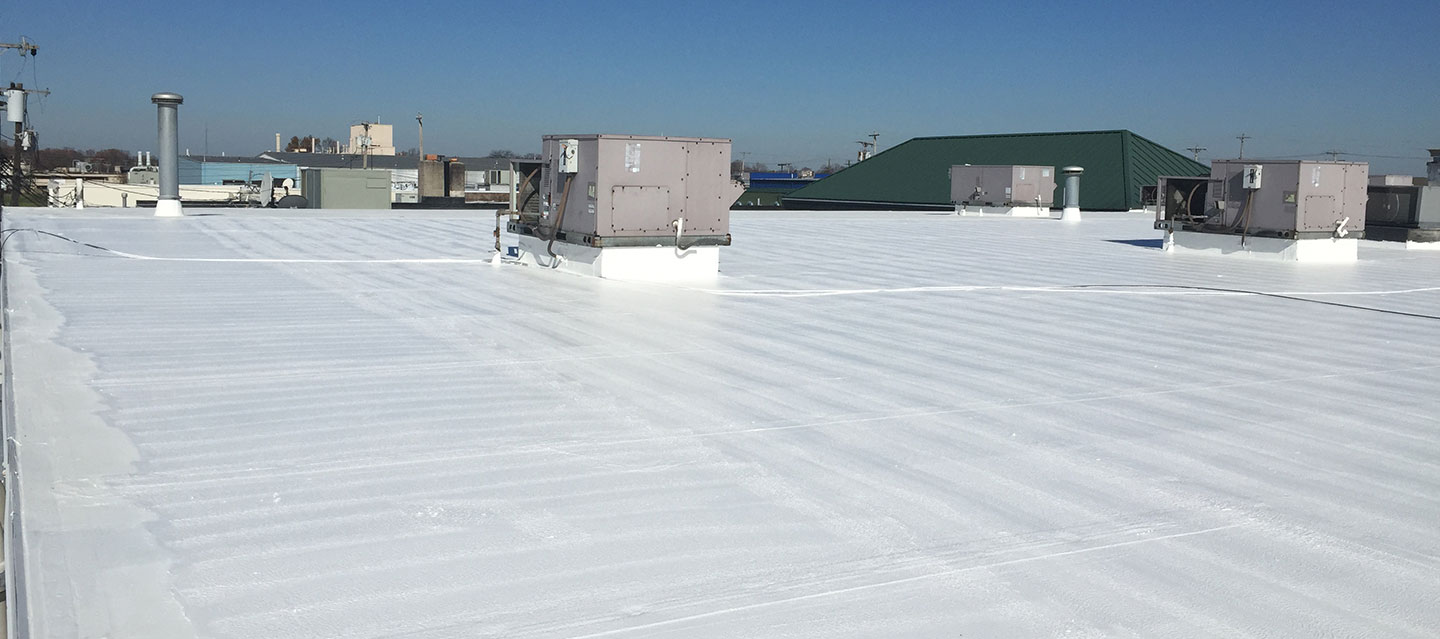

For instance, steep roofs are far more challenging to work on than a flat roof. In addition, complex roof designs, such as steep slopes and pitches, intricate architectural designs, or multiple levels, will increase the overall expense. A small roof will naturally cost less to replace or install than a larger roof, because less materials and labor is required.

You will want to weigh the pros and cons of each of these roofing materials, as some may be better suited for your business than others. For instance, BUR and modified bitumen tend to be more affordable, while metal roofing and single-ply membranes are generally more expensive. Each material has different installation requirements and price points. As with residential roofing, commercial roofing materials come in a wide variety, including built-up roofing (BUR), modified bitumen, single-ply membranes (EPDM, TPO, PVC), metal roofing, and roof coatings.

One of the most significant factors is the type of roofing material chosen for the project. Let’s take a look at the various factors that contribute to the cost of your roof: In this comprehensive guide, we will explore these factors in detail, enabling you to make informed decisions and better understand the pricing structure of commercial roofing projects in New Jersey.įactors Affecting The Cost of a Commercial Roof Of course, the cost of such a project depends on various factors, including the type of roofing material, the size and complexity of the building, and additional features or services required. Timberline Ultra High Definition® ShinglesĬost is always on your mind when you own a commercial property, especially when it comes to replacing or installing your roof.


 0 kommentar(er)
0 kommentar(er)
